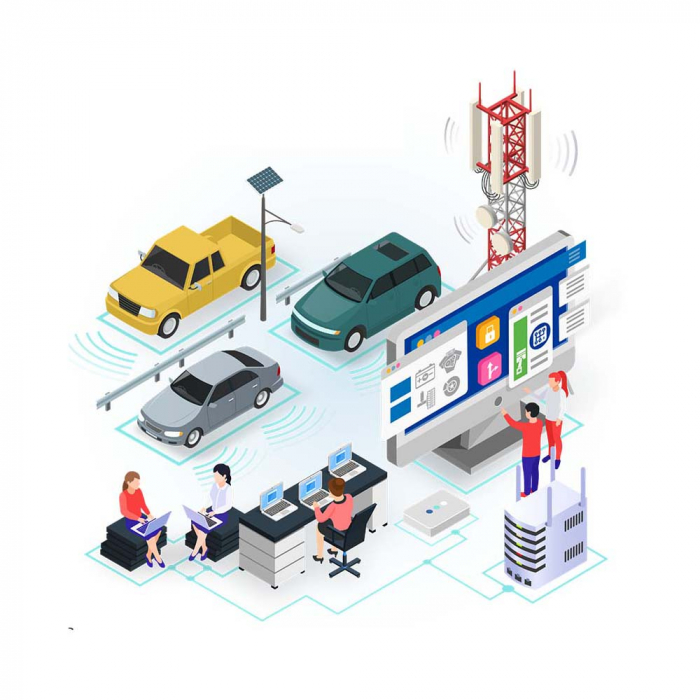In our new whitepaper, How to Avoid Killing Your Connected Vehicle Application, we share our knowledge, starting with the five areas of an IoT network where connectivity issues are most likely to arise:
- Your IoT Solution Provider’s Cloud. Cloud connection errors and infrastructure upgrade errors are just two things that can go awry, triggering significant data overages from device retries leading to outages for all your solution’s features and services.
- Mobile Core. Contract usage mismatch can lead to wasted money on unused data while surprise traffic surges from a single end customer may leave your team scrambling to prevent the surge from affecting all your customers.
- Transit. Sometimes utility and construction work can accidentally damage parts of the network infrastructure by destroying cables and other network equipment, which can cause a complete service outage.
- RANs (Radio Access Network). When selected incorrectly, the cell towers that devices connect to can lead to issues such as devices ping-ponging between cell towers trying to connect – blocking your device from reporting critical information.
- Connected Devices. On the device level, issues like OTA bugs and unauthorized third-party app use can lead to overage charges and extended support calls.
While some of these issues may seem vast or out of your control, there are concrete preventative measures you and your connectivity provider can take. For instance, using a SIM provided by an IoT connectivity provider instead of a mobile network operator can help your deployment secure better connection quality and rates, especially in the case of global deployments. It is also important to configure your devices to optimize the connection to the cellular network to control data usage and to provide fail safes such as using a watchdog timer to reboot devices that may have persistent connection failures. Because there is always a risk of unforeseeable challenges, our whitepaper also highlights how you can prevent and mitigate the risks associated with these problem areas, so you can ensure that your connected vehicle application gets the dependable connectivity that you and your customers deserve.
Set your IoT application and customers up for success by downloading our whitepaper today.


